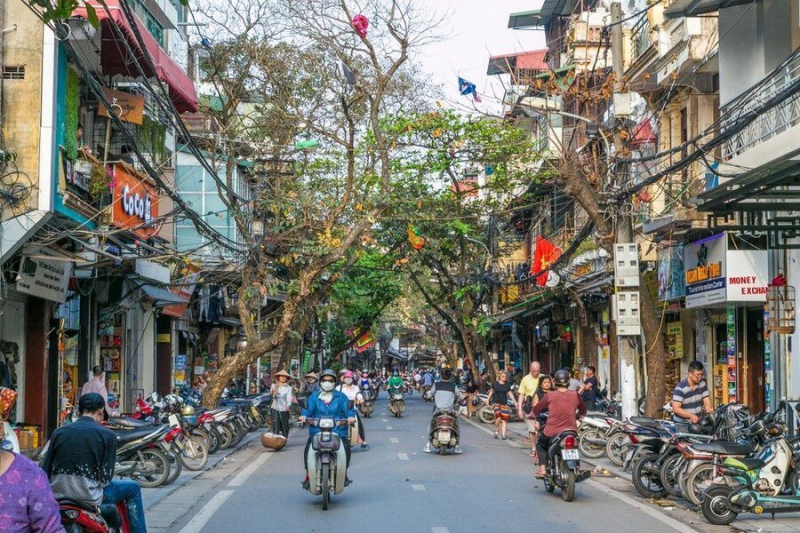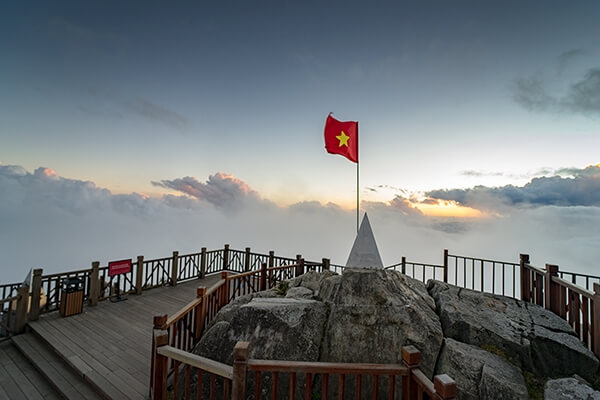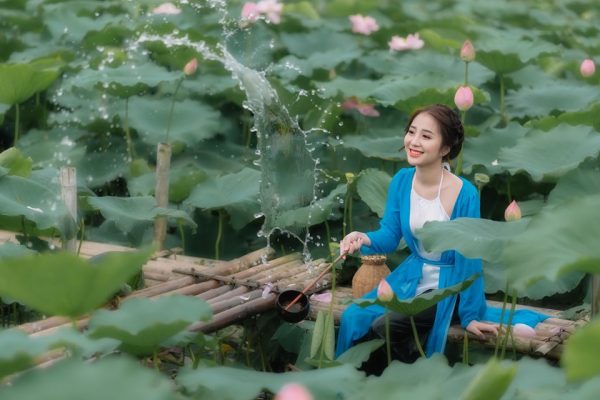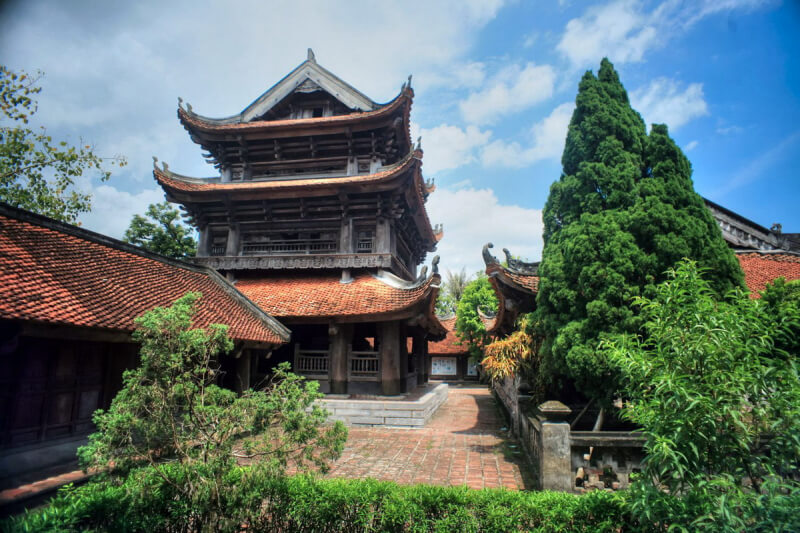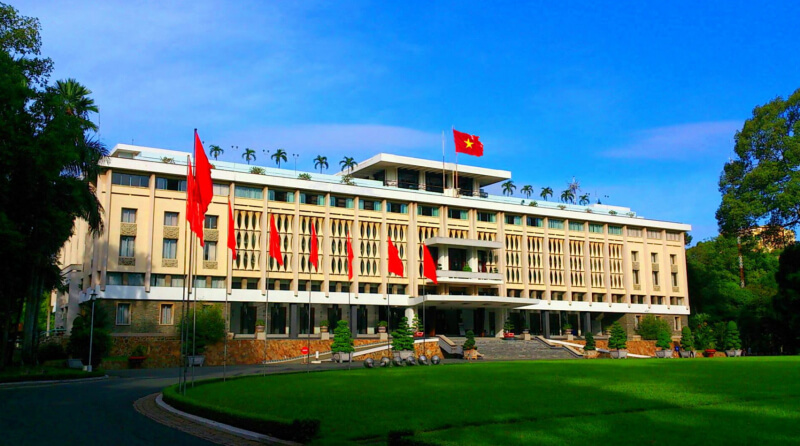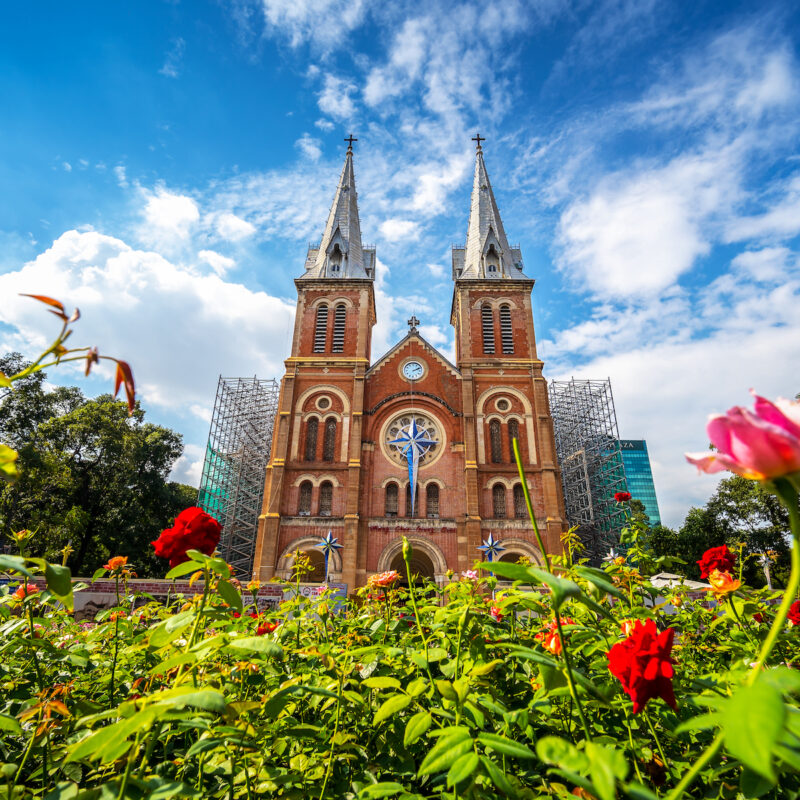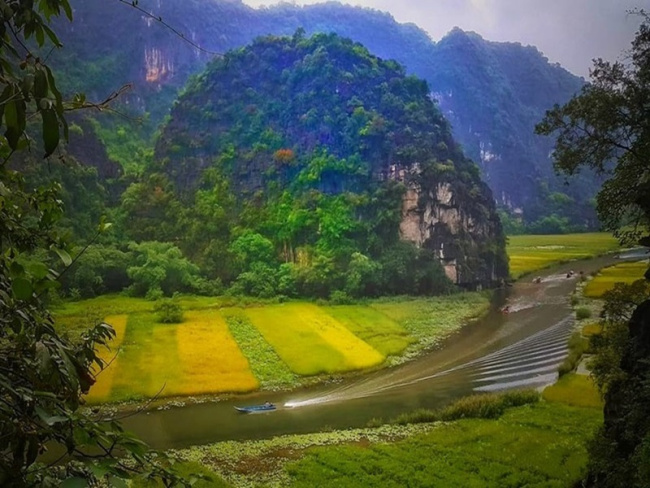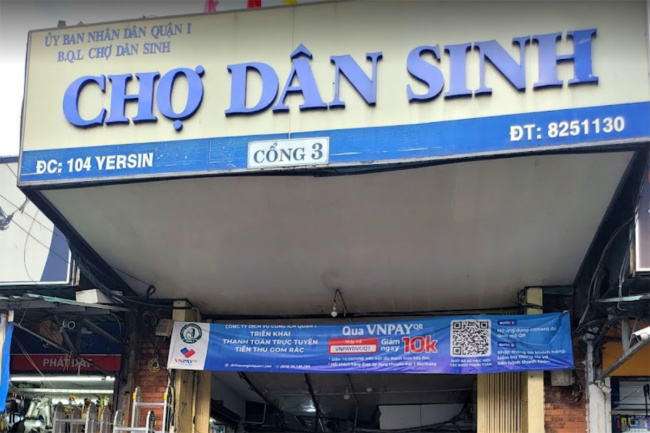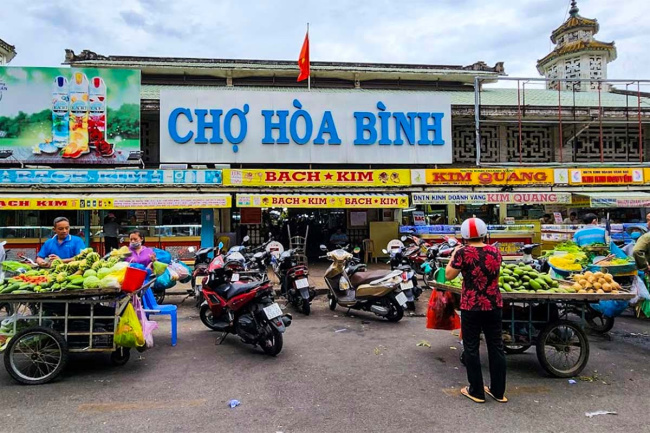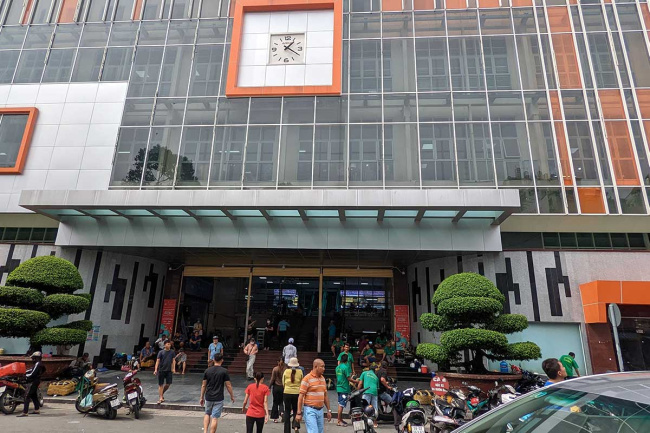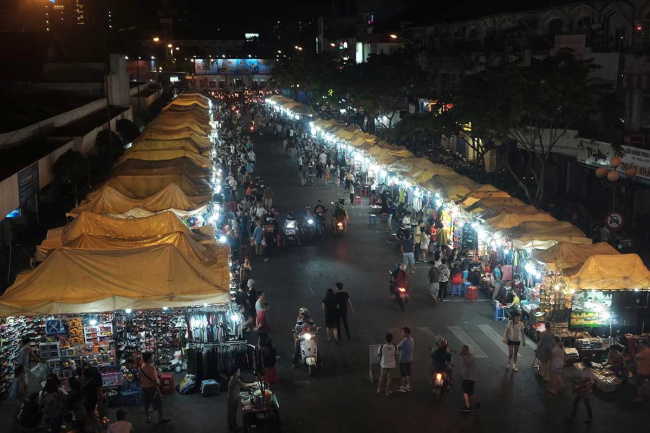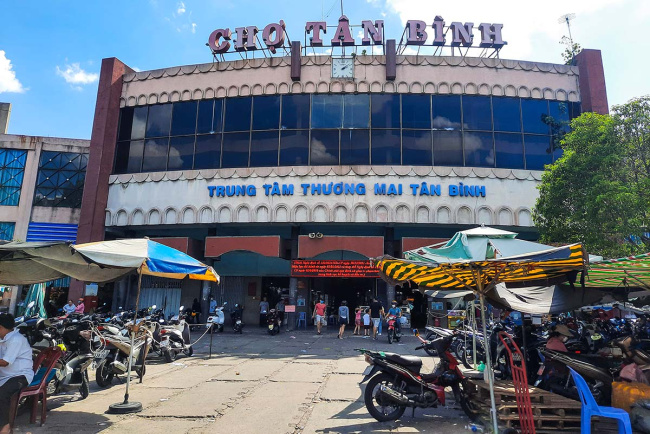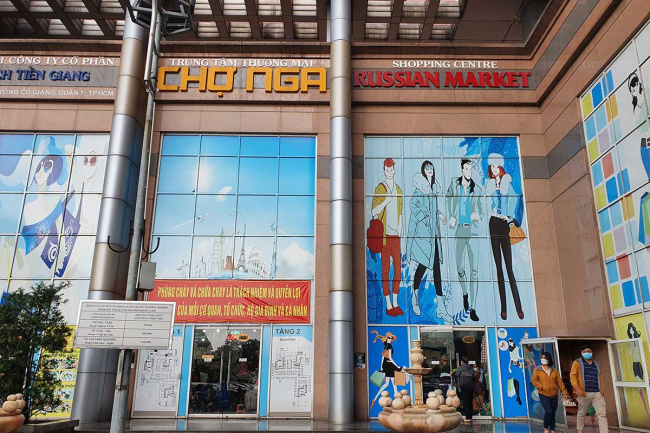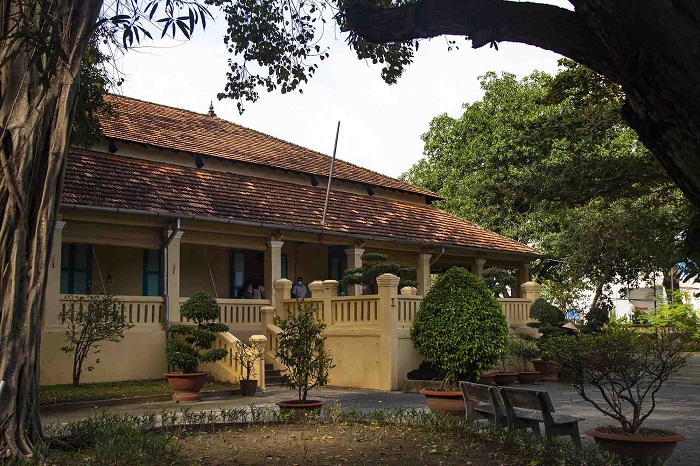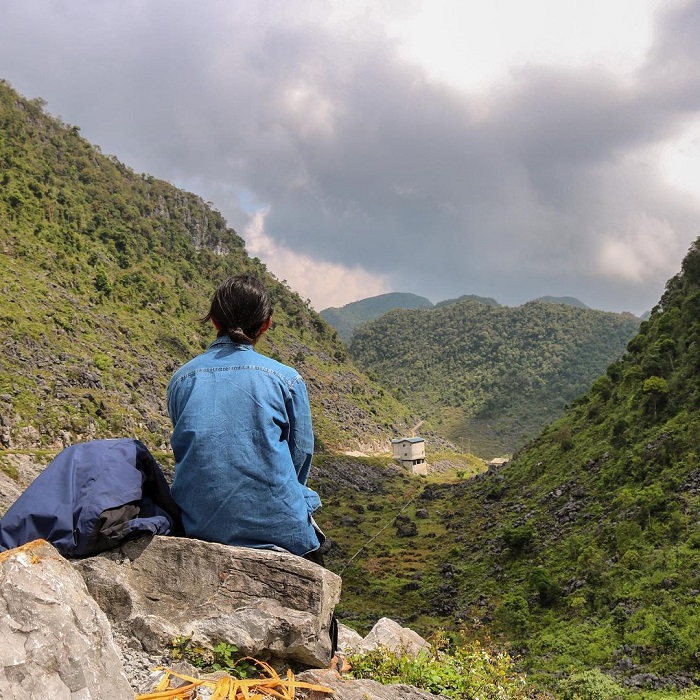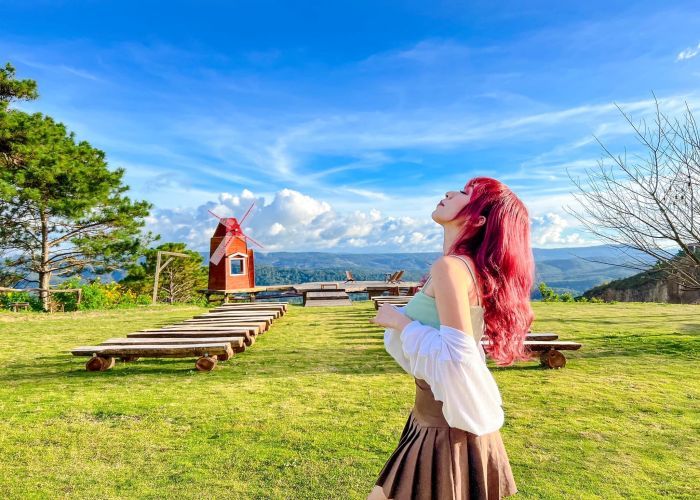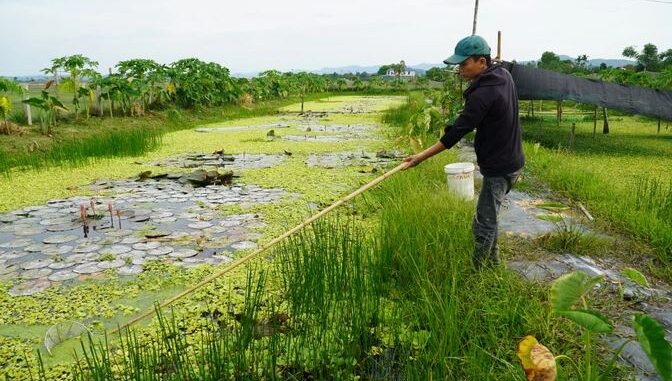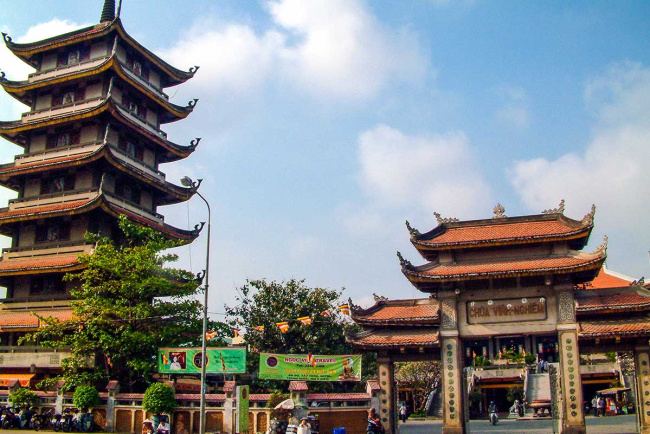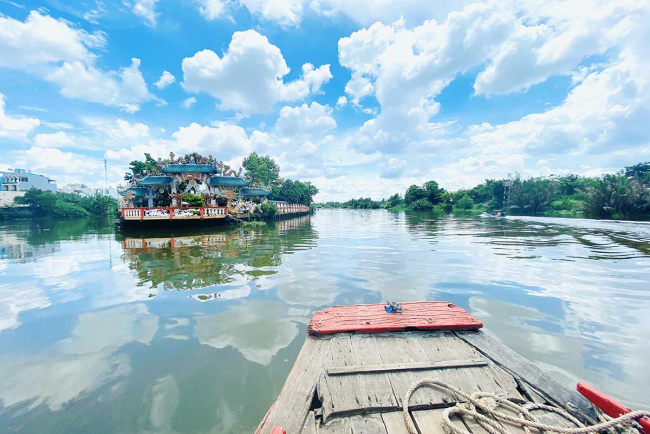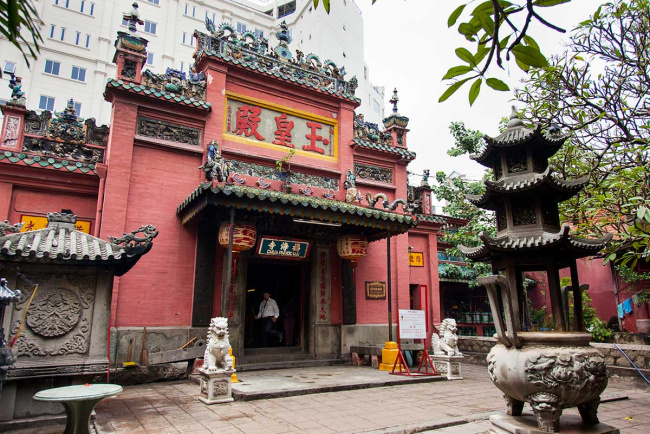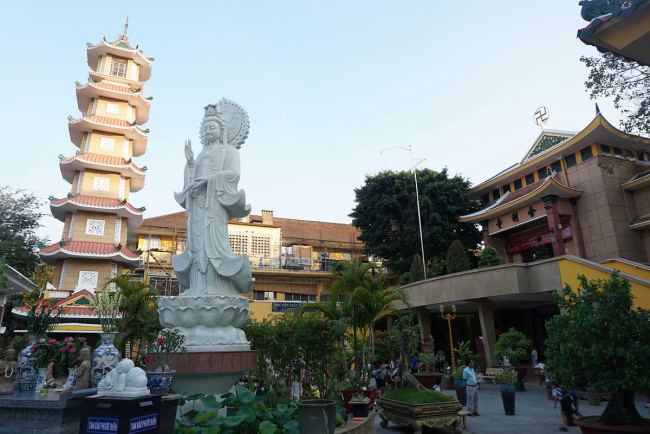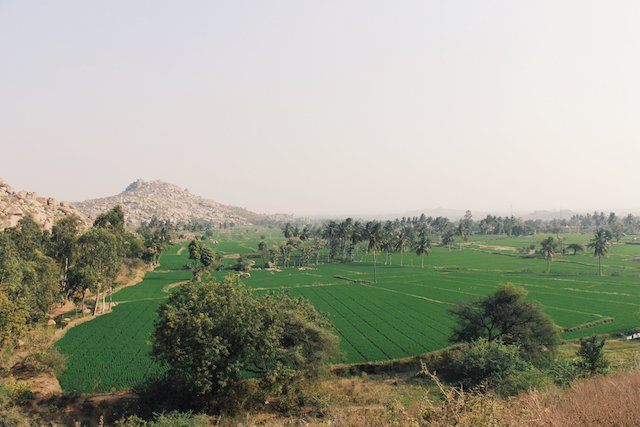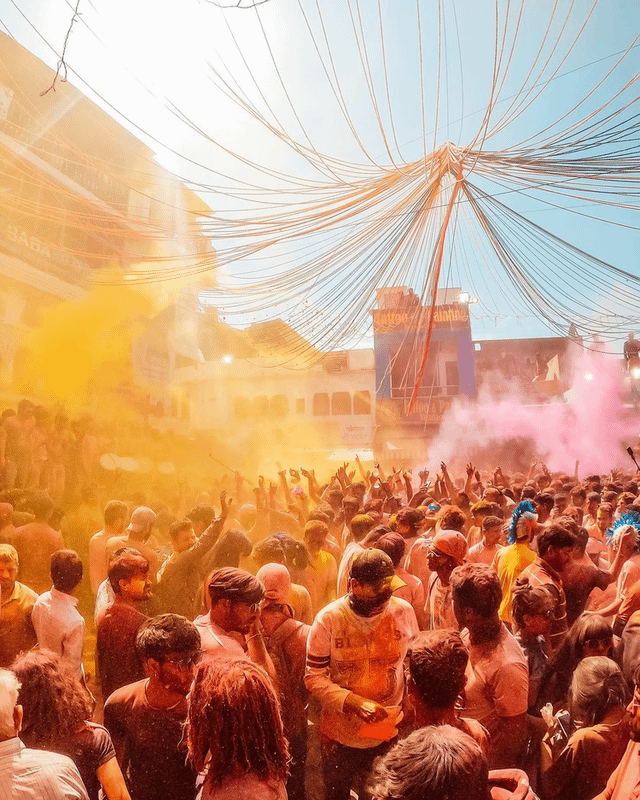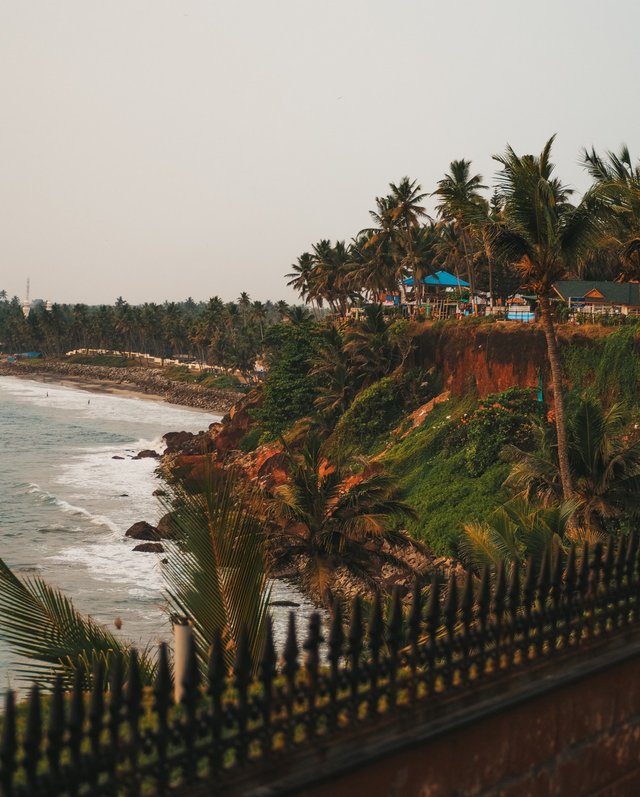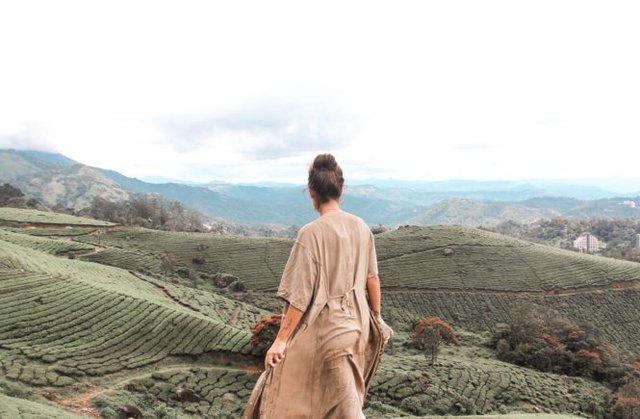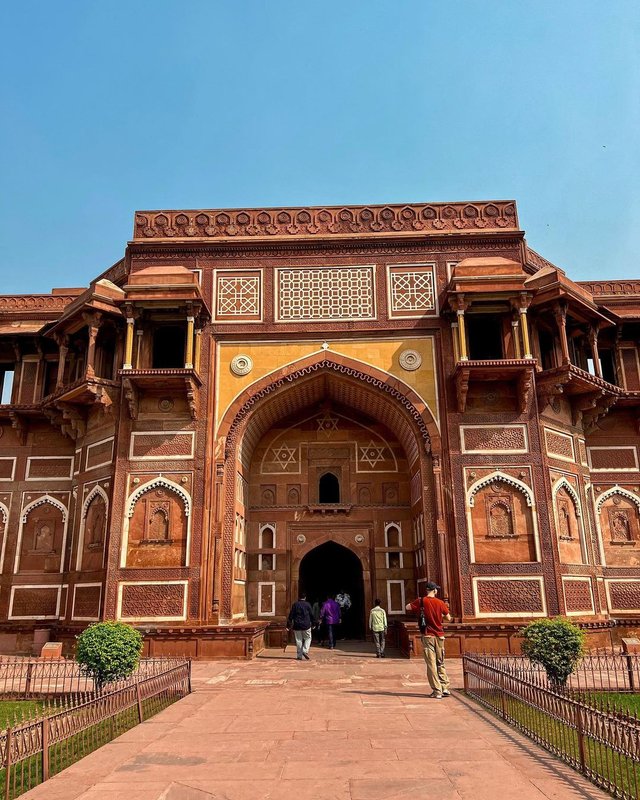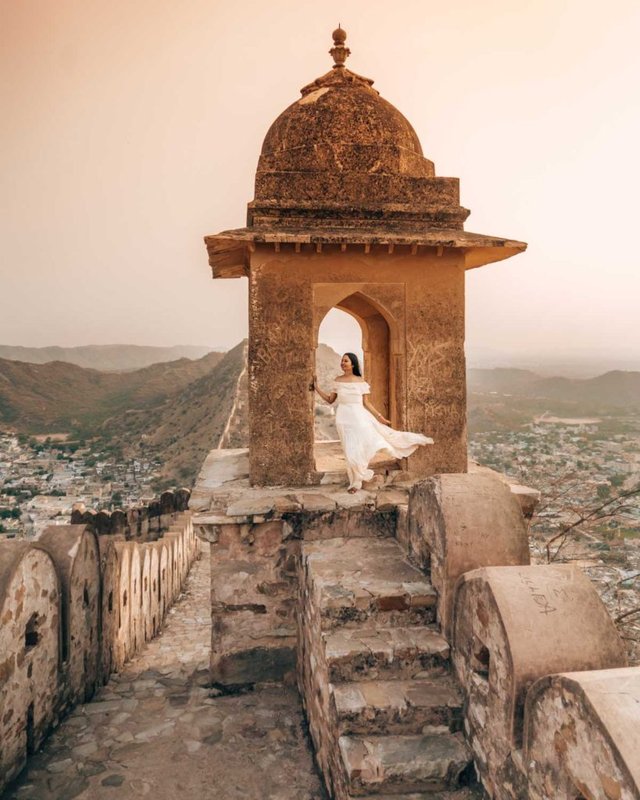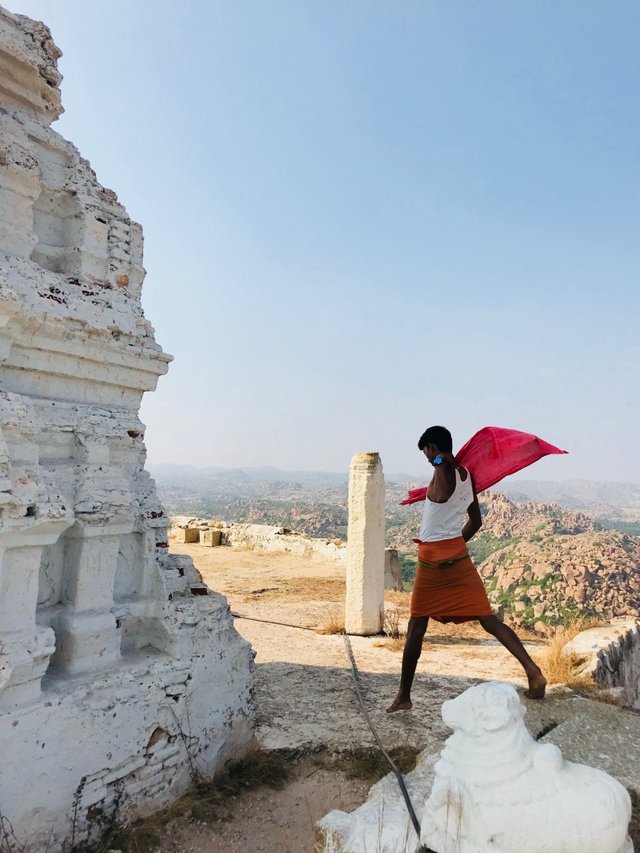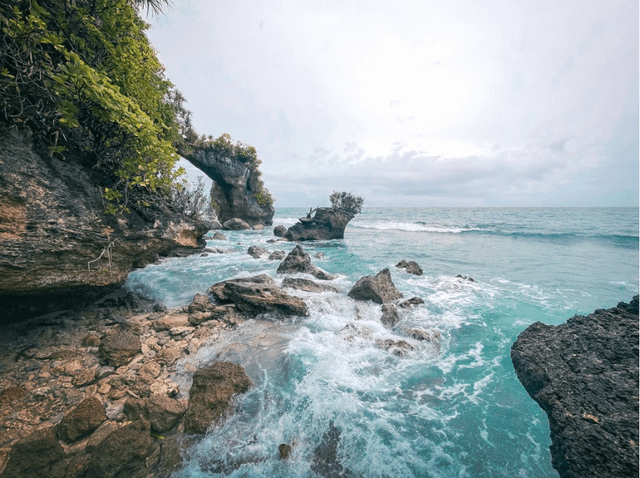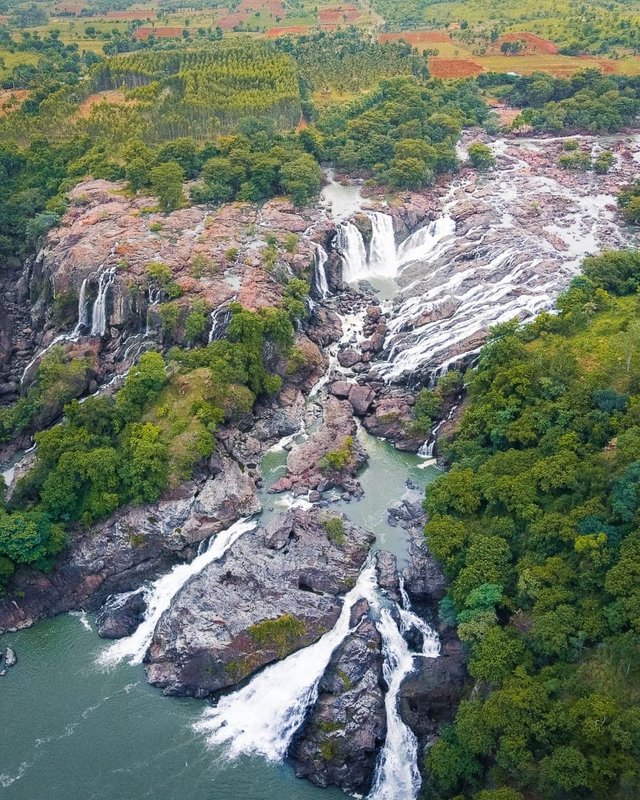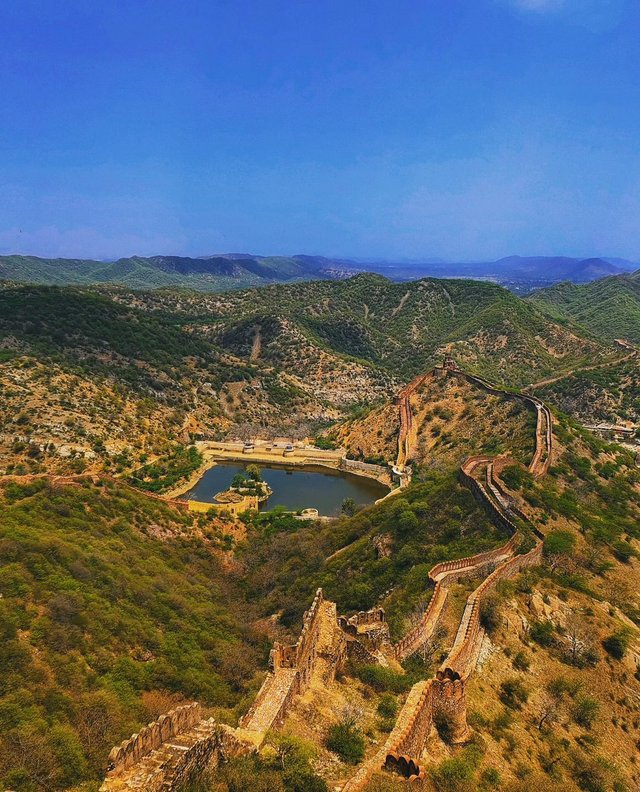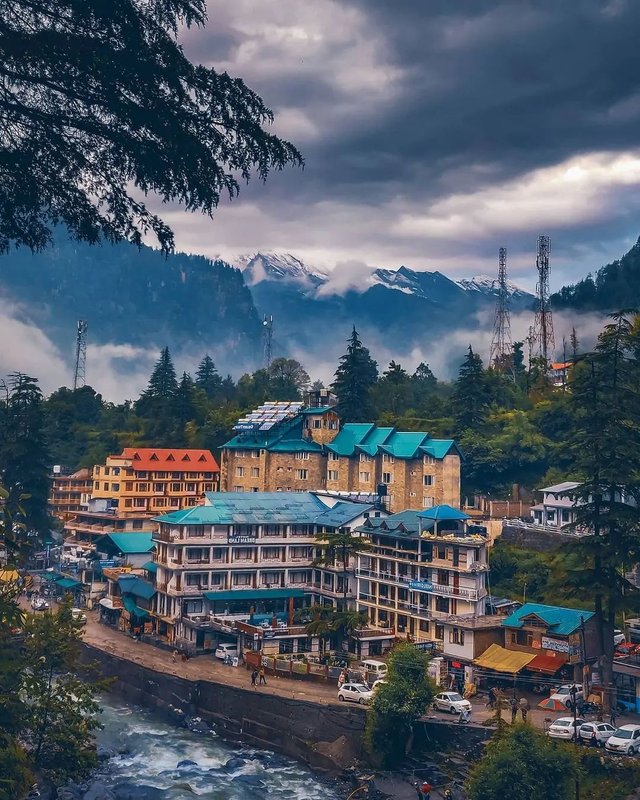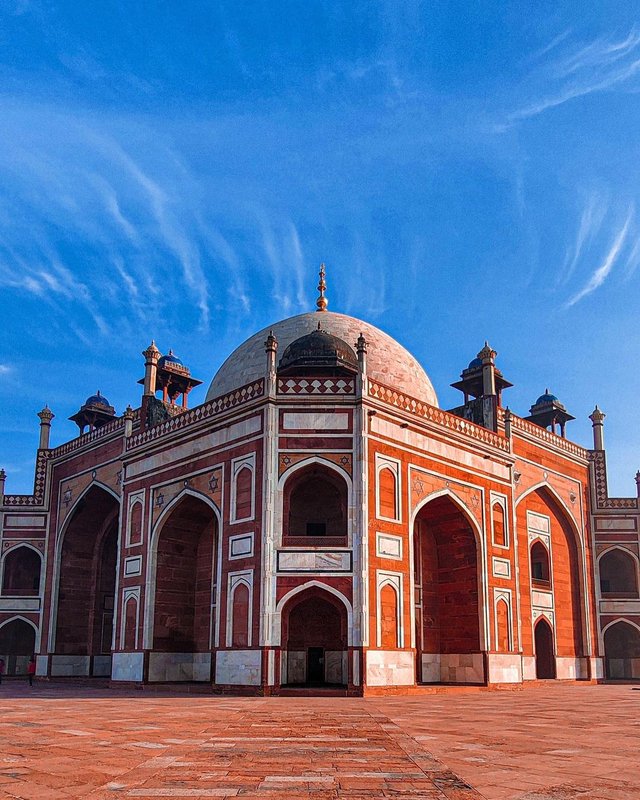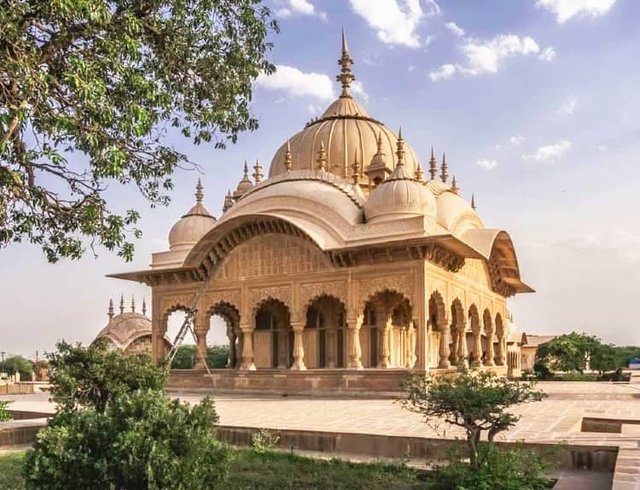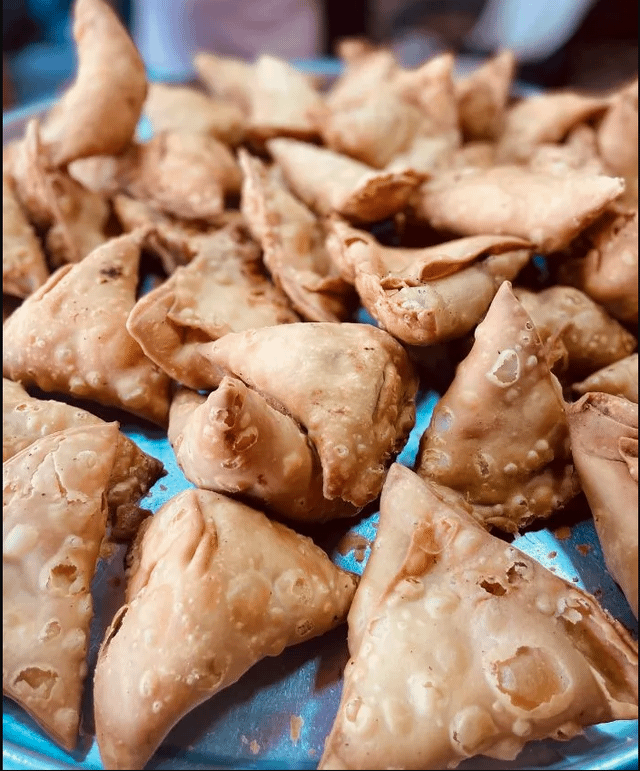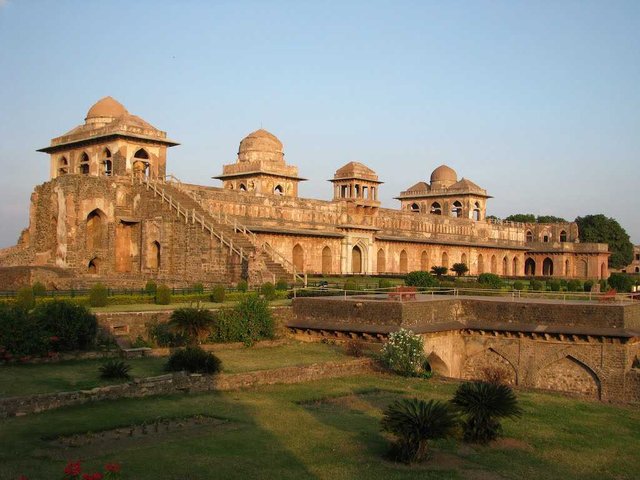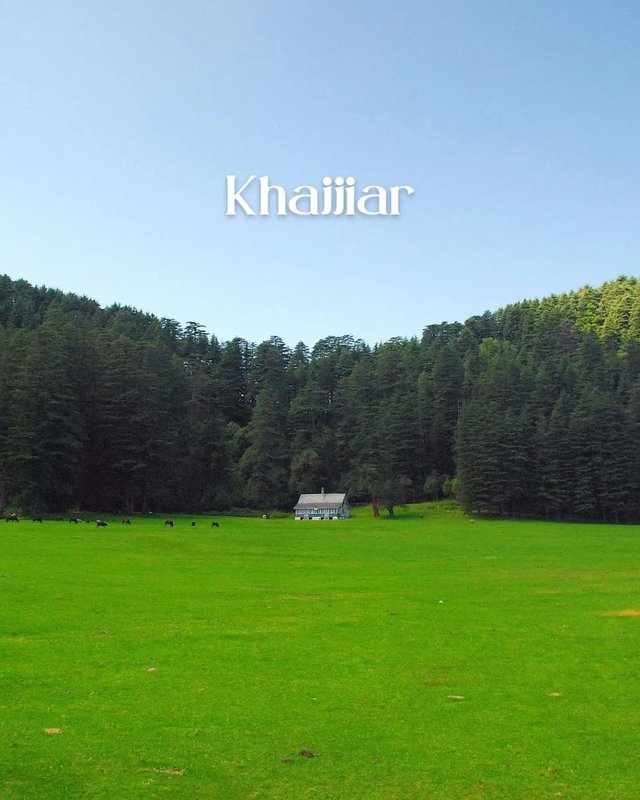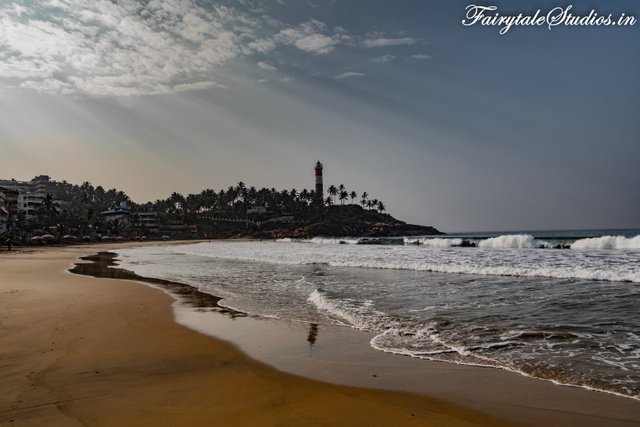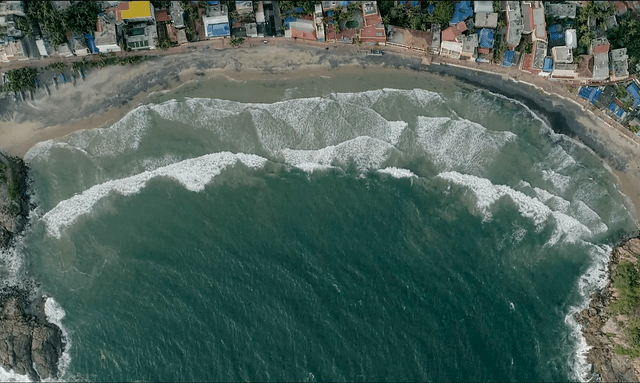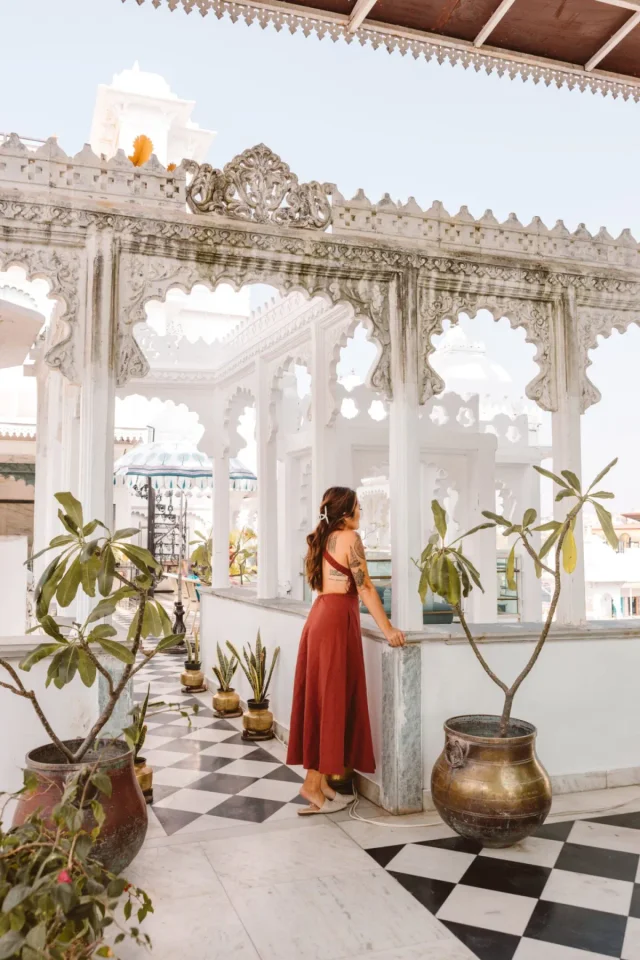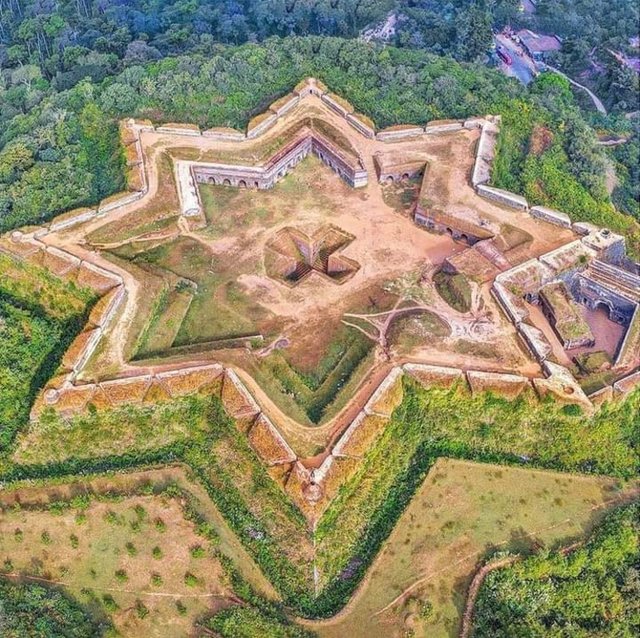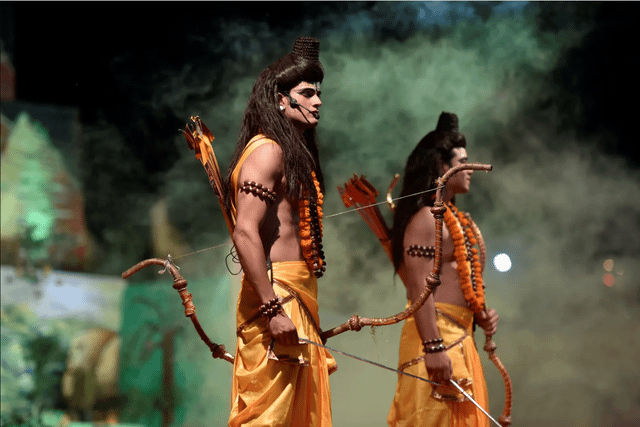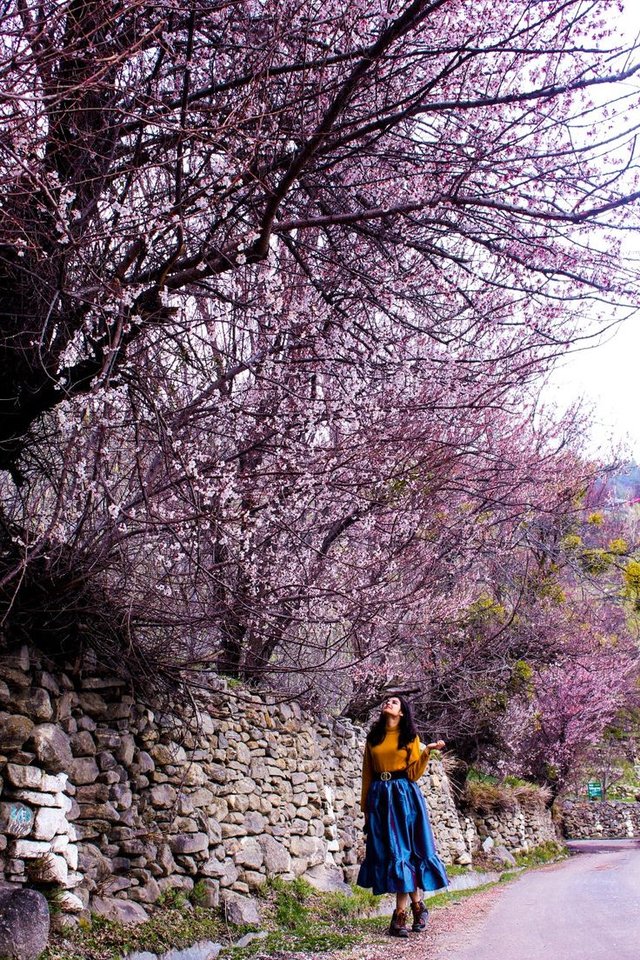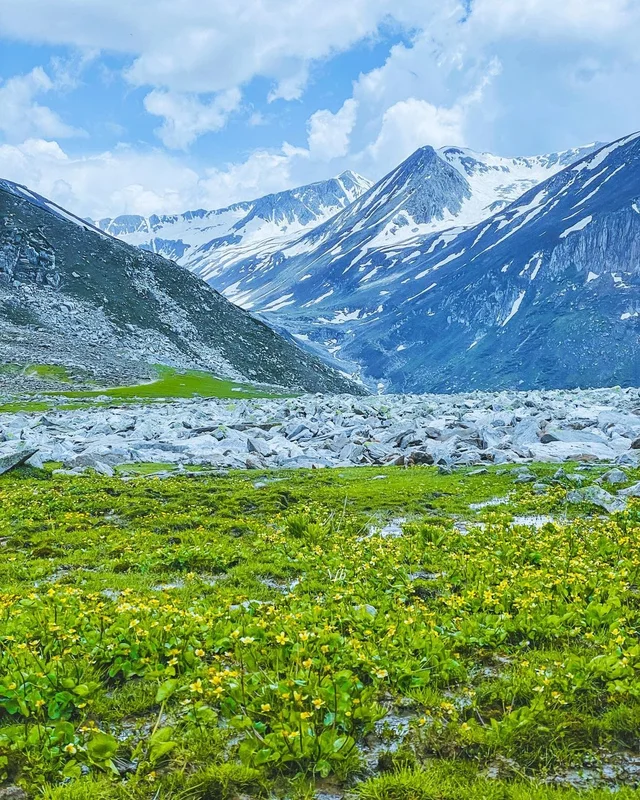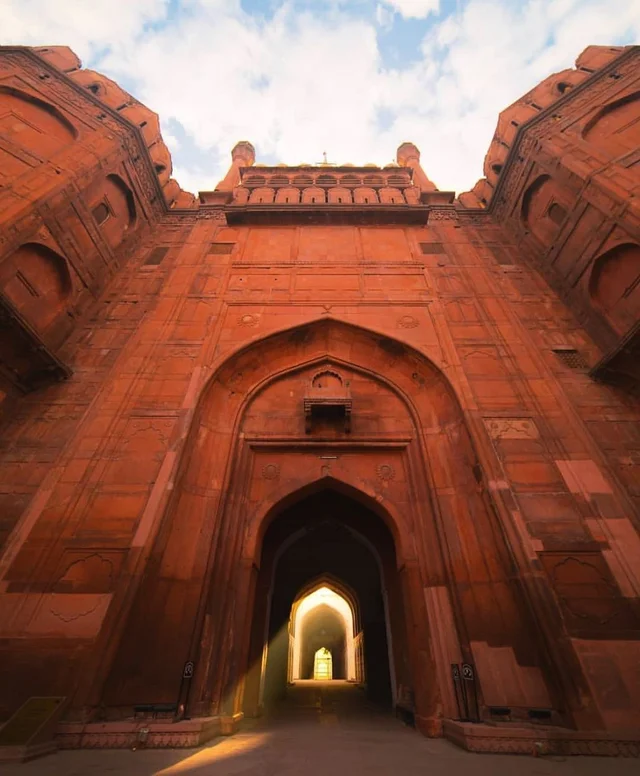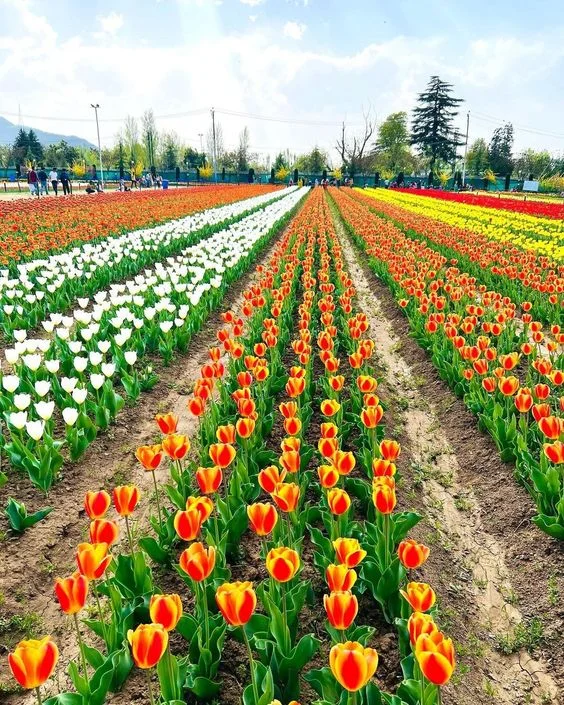A visit to Fatehpur Sikri
We visited the city of Fatehpur Sikri on our way to Agra. We really enjoyed exploring this unique historical place.
In this post, you will find everything you need to know for a visit to Fatehpur Sikri.
History
This magnificent fortified ancient city, 40 km west of Agra, was the short-lived capital of the Mughal empire between 1572 and 1585, during the reign of Emperor Akbar. Earlier, Akbar had visited the village of Sikri to consult the Sufi saint Shaikh Salim Chishti, who predicted the birth of an heir to the Mughal throne. When the prophecy came true, Akbar built his new capital here, including a stunning mosque, still in use today, and three palaces, one for each of his favorite wives; one a Hindu, one a Muslim, and one a Christian.
The city was erected in an area that supposedly suffered from water shortages and so was abandoned shortly after Akbar’s death.

Diwan- i-Am
A large courtyard dominates the northeast entrance at Diwan-i-Am (Hall of Public Audiences). Now a pristinely manicured garden, this is where Akbar presided over the courts from the middle seat of the five equal seatings along the western wall, flanked by his advisors. It was built to utilize an echo sound system, so Akbar could hear anything at any time from anywhere in the open space. Justice was dealt with swiftly if legends are to be believed, with public executions said to have been carried out here by elephants trampling convicted criminals to death.
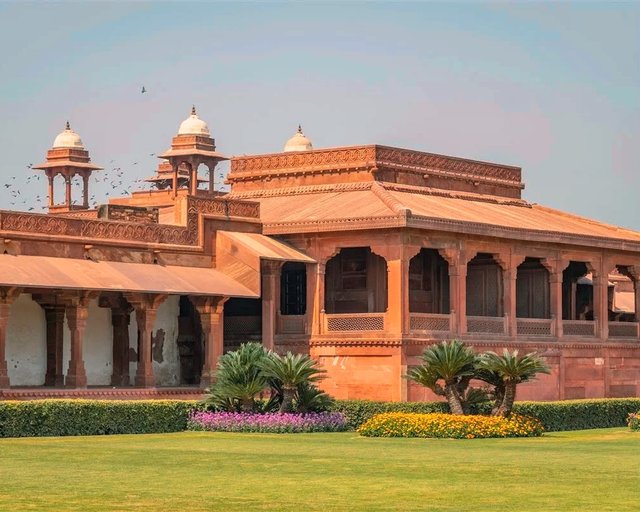
Diwan-i-Khas
The Diwan-i-Khas (Hall of Private Audiences), found at the northern end of the Pachisi Courtyard, looks nothing special from the outside, but the interior is dominated by a magnificently carved stone central column. This pillar flares to create a futuristic flat-topped plinth linked to the four corners of the room by narrow stone bridges. From this plinth, Akbar is believed to have debated with scholars and ministers who stood at the ends of the four bridges.

Panch Mahal
Panch Mahal is a pavilion with five storeys that decreases in size until the top consists of only a tiny kiosk. The lower floor has 84 different columns; in total there are 176 columns. The women of the royal family used the upper floors of the Panch Mahal. The jalis provided cover for them. Women can see the activities of Fatehpur Sikri from these screens.
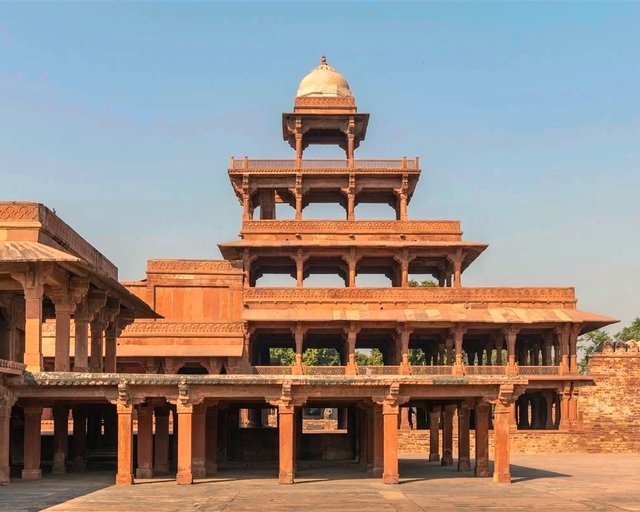
Ornamental Pool
Here, singers and musicians would perform on the platform above the water while Akbar watched from the pavilion in his private quarters just behind.
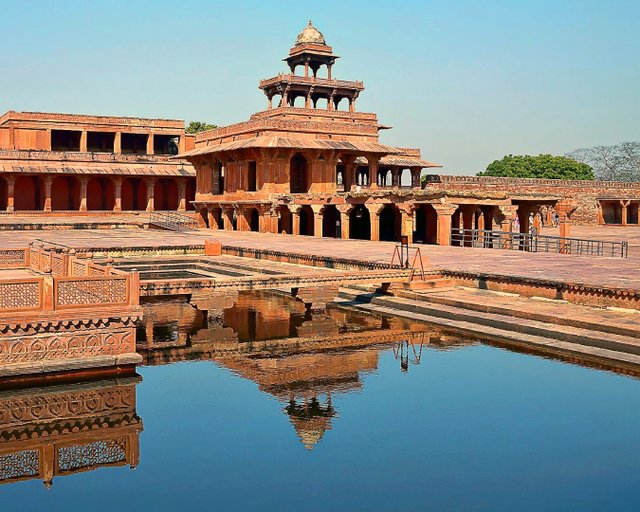
Palace of Jodh Bai
The palace has a blend of Hindu and Muslim architecture. There is an open courtyard in Jodh Bai’s palace. A part of the palace has blue tiles on the roof. This is the only place in Fatehpur Sikri with a splash of color otherwise everything is in red sandstone. This was the home of Akbar’s Hindu wife, said to be his favorite.

Mariam’s House
Mariam was the title given to both Akbar’s mother (Mariam-Makhani) and his wife (Mariam-Al-Zamani). The title is in memory of Jesus, an important prophet in the Islamic faith, and has nothing to do with the belief that Akbar may have had a Christian wife. The interesting element of this building is that it was painted rather than lavishly carved.

Birbal’s House
Birbal was a much-valued courtier of Akbar. He was considered to be one of his inner circle and had risen up the ranks from a moderately humble background. It is said he achieved his influential position through wit and intelligence and would appear to have been quite a colorful character.

Hawa Mahal
The most striking element of this building is the beautifully carved stone screens that enclose the upper floor, which would have kept those rooms cool and shaded with only muted light being allowed to filter in.
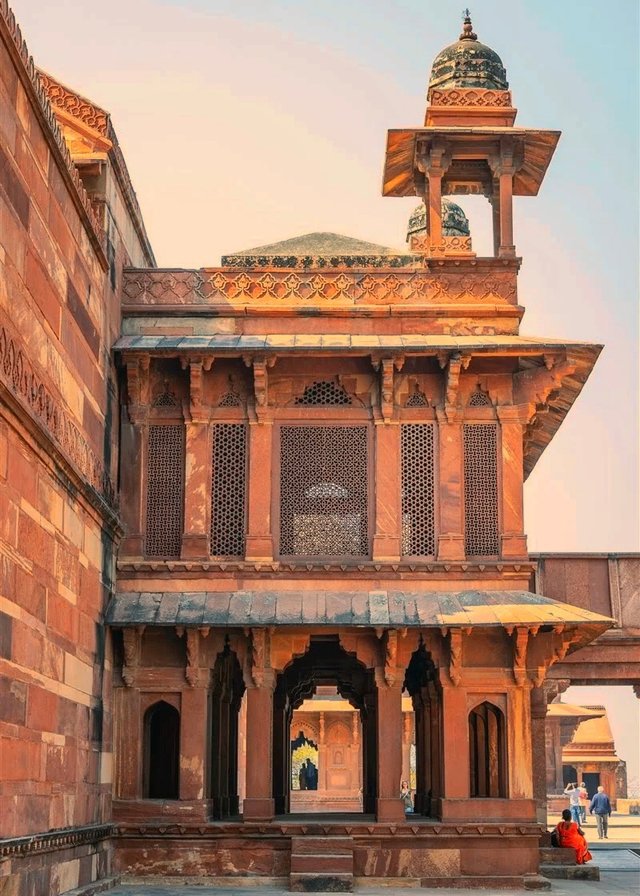
Jama Masjid
This beautiful, immense mosque was completed in 1571 and contains elements of Persian and Indian design. The main entrance, at the top of a flight of stone steps, is through the spectacular 54 m high Buland Darwaza (Victory Gate), built to commemorate Akbar’s military victory in Gujarat. Inside is the stunning white marble tomb of Sufi saint Shaikh Salim Chishti. The saint’s tomb was completed in 1581 and is entered through an original door made of ebony. Inside the tomb, you will see brightly colored flower murals, and a sandalwood canopy decorated with mother of pearl shells. The marble jalis (carved lattice screens) are among the finest in India. People visit this tomb to get the blessing of childbirth.
To the right of the tomb lie the gravestones of family members of Shaikh Salim Chishti. Just east of Shaikh Salim Chishti’s tomb is the red sandstone tomb of Islam Khan, the final resting place of Shaikh Salim Chishti’s grandson and one-time governor of Bengal.

Hiran Minar
This tower was built by Akbar to commemorate his favorite elephant. The tower is decorated with hundreds of stone representations of elephant tusks. It is said to be the place where Minar Akbar’s favorite execution elephant died. The top of the tower was used to put a lamp to show the way to the travelers.

How to get there
Fatehpur Sikri is a small town in the Agra district of Uttar Pradesh, at a distance of 39 km from Agra. Jaipur is 210 km away from Fatehpur Sikri.
We were coming from Jaipur to Agra so we stopped en-route to visit Fatehpur Sikri.
Taxi/Uber: You can easily get there from Agra and Jaipur by Uber.
Public Bus: Another option is to get there by bus from Agra. Public buses are available from Idgah Bus Stand in Agra every hour during day time. The bus takes around one hour and the price for a single journey is 32 rupees.
Entrance fee and opening hours
Fatehpur Sikri is open from sunrise to sunset daily. The entrance fee for the Palaces and Pavilions for Indians is 50 rupees and for foreigners 610 rupees. The entrance to Jama Masjid is free.
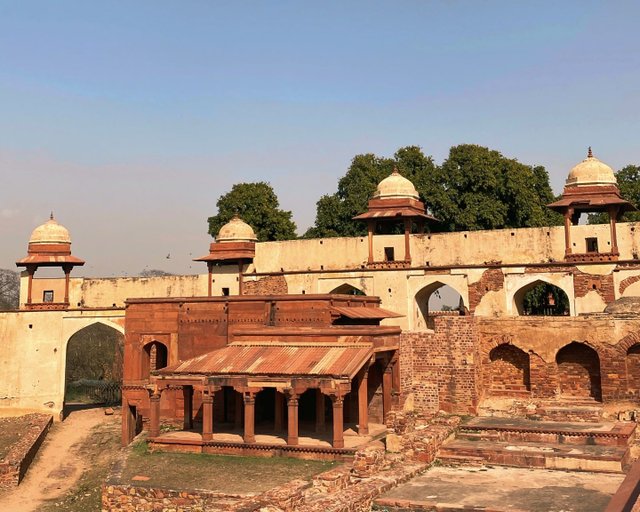
Tips
– There is a governmental shuttle bus that will bring you to the entrance of the old city. A bus ticket costs 10 rupees per person and you pay on the bus. You have to walk from the parking lot to the spot where the shuttle bus leaves. You will come across aggressive touts. Be careful!
– The Jama Masjid is the busiest place of Fatehpur Sikri, and this is something you will notice. We were continuously approached by young vendors, touts, fake guides, and beggars. They asked us for rupees, and our entrance ticket to make a postcard of it. This is a scam! They will sell your used ticket to the guards at the palace and they will use it to trick tourists. They switch the tickets and tell you that your ticket is not valid anymore. At the spot, you have to pay for a new ticket and the guard earns extra money. Always keep your entrance ticket with you!

A walk through Fatehpur Sikri is sure to take you back into the history of Emperor Akbar’s glory days if you have a vivid imagination.
by miortravel
Đăng bởi: Nguyễn Thảo Trâm


